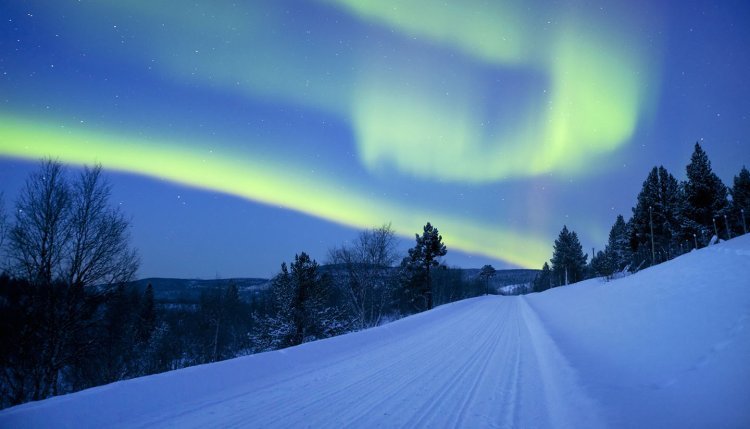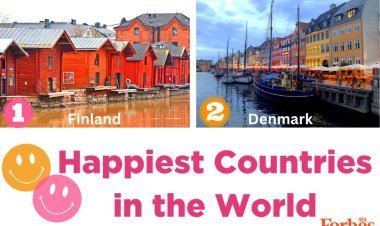Finland's Geography: Embracing the Land of a Thousand Lakes._ISHEJA

Finland: A Comprehensive Overview
Finland, a country located in northern Europe, is known for its stunning landscapes, rich history, and unique geographical features. As I delve into the geography of Finland, I will provide a comprehensive overview of its various aspects, including its land and relief, drainage and soils, climate, and its abundant nature and environment. Join me as we explore the captivating geography of Finland.
Overview and History
Finland is a country that is geographically remote and lies on the northern border between eastern and western Europe. Its dense wilderness and proximity to Russia make it an intriguing destination for adventure seekers and nature enthusiasts. With a population of approximately 5.6 million, Finland is often characterized by its vast woodlands, making it the most densely forested country in Europe.
Throughout its history, Finland has gone through significant changes. It was a part of Sweden until 1809 when it became a Russian grand duchy. Following the Russian Revolution in 1917, Finland declared its independence. Since then, Finland has maintained a neutral political position, steadily increasing its global relations.
Finland is a member of various international organizations such as the United Nations and the European Union. Its international activities gained recognition when the Helsinki Accords were created during the Conference on Security and Cooperation in Europe held in 1975. Finland's ties with other Scandinavian countries have also been crucial in fostering economic, cultural, and scientific collaborations.
Land and Relief
Finland is bordered by Norway to the north, Russia to the east, the Gulf of Finland to the south, and the Gulf of Bothnia and Sweden to the west. The country's landscape is predominantly flat, with some variation in the northwestern region where the Scandinavian Mountains are located. Finland is renowned for its extensive forest coverage, with over 70 percent of its land covered in thick woodlands.
One of the notable geological features in Finland is the Kumakivi rock, located in the Saimaa region. This balancing rock is a natural wonder and a popular tourist attraction. Apart from this, the relief features in Finland do not vary significantly, offering a mesmerizing but uniform beauty throughout the country.
Drainage and Soils
Finland is renowned for its countless lakes and extensive inland water system. With around 187,888 lakes, water is an integral part of Finland's geography. The largest lake, Lake Saimaa, covers an area of approximately 1,700 square miles.
Additionally, numerous rivers flow through the country, and Finland's coastline is extremely indented, dotted with islands, particularly in the southwest archipelago.
The soils in Finland vary, from gravelly types found in eskers to postglacial deposits in the form of clays and silts. These fertile soils support Finland's thriving agricultural activities. Although nearly one-third of Finland was once covered by swamplands, many of these areas have been drained and transformed into forests.
However, the northern part of the country still consists of thick layers of peat, representing Finland's natural heritage.
Climate
Finland experiences a diverse climate, characterized by mild summers and severe winters. The southern regions benefit from relatively milder weather, while the northern parts endure long, freezing winters with 24-hour nights. The presence of the Baltic Sea and warm westerly winds from the Gulf Stream contributes to the moderation of Finland's climate compared to other regions at similar latitudes.
During the summer months, Finland enjoys an abundance of sunlight, with some areas experiencing almost 24 hours of daylight.
However, winters can be harsh, with temperatures dropping as low as -22 °F. The northern lights, also known as the aurora borealis, are a mesmerizing natural phenomenon visible in Finland's Lapland region during fall, winter, and spring.
Nature and Environment
Finland's natural environment is characterized by its lush forests, pristine lakes, and diverse wildlife. The country's forests, predominantly consisting of Scots pine, Norway spruce, and birch trees, have been a significant source of inspiration for Finnish arts and literature. Finnish artists, architects, musicians, writers, and poets have drawn themes and imagery from their national landscape.
The abundance of wildlife in Finland includes brown bears, elk, gray wolves, wolverines, and lynx. Finland's coastal islands are home to numerous species of seabirds, while its lakes and rivers are teeming with waterfowl. The Saimaa ringed seal, an endangered species, can only be found in the southeastern part of the country.
While Finland is known for its natural beauty, it also faces environmental challenges. Air pollution from manufacturing and power plants contributes to acid rain, and water pollution from industrial and agricultural sources is a concern.
However, Finland has actively participated in international agreements and initiatives aimed at protecting the environment and preserving its natural heritage.
In conclusion, Finland offers a captivating geographical landscape with its dense forests, countless lakes, and unique rock formations. Its rich history, diverse wildlife, and commitment to environmental preservation make it a remarkable destination for nature lovers. Whether it's exploring the serene beauty of the Finnish wilderness or marveling at the stunning northern lights, Finland truly stands as a country of extraordinary natural wonders.
This article is a comprehensive overview of the geography of Finland, discussing its land and relief, drainage and soils, climate, and the captivating nature and environment. It highlights Finland's unique features, including forests, lakes, mountains, and the Kumakivi rock. With an abundance of natural beauty and a rich history, Finland offers a remarkable experience for all who visit.












